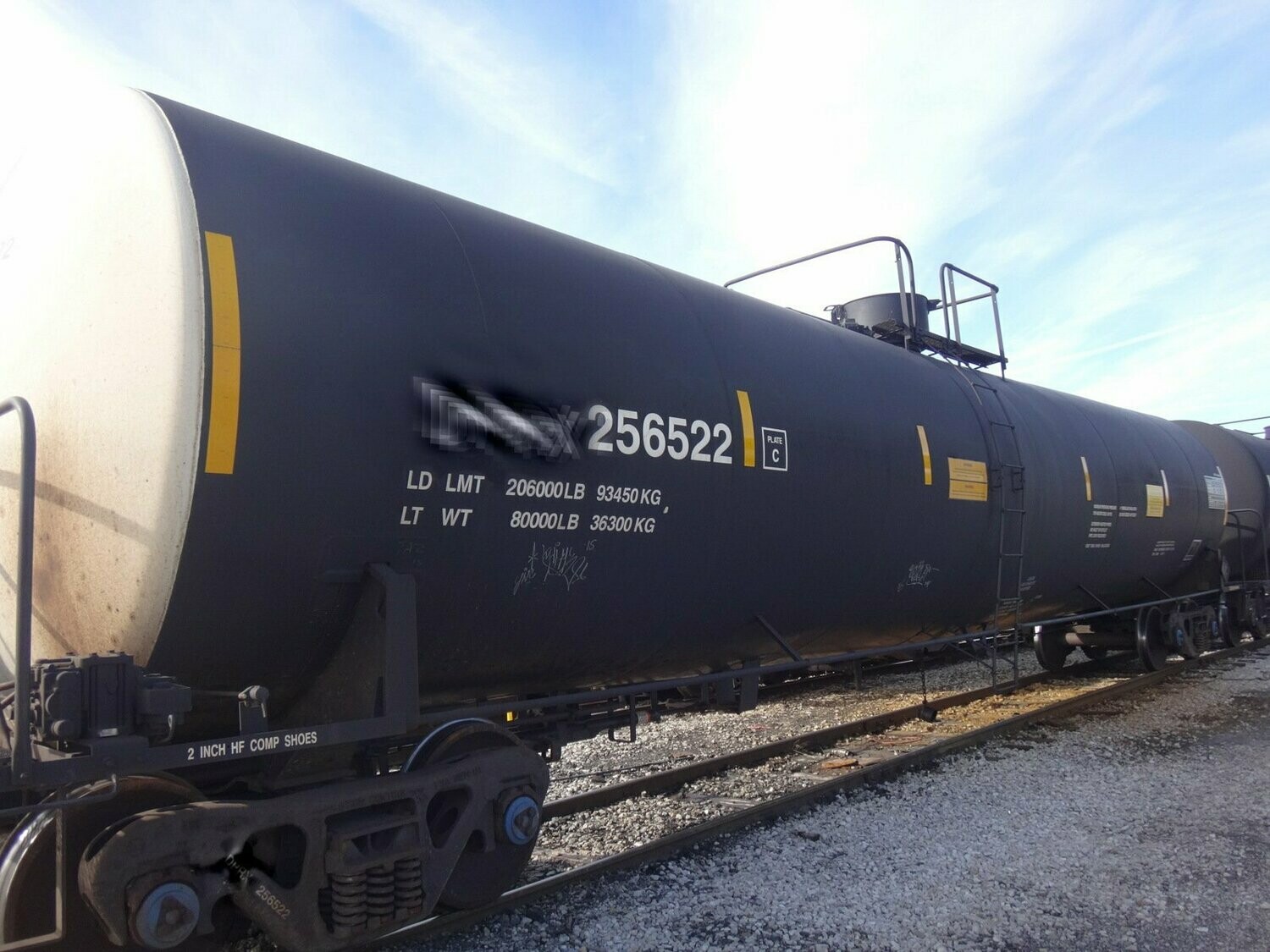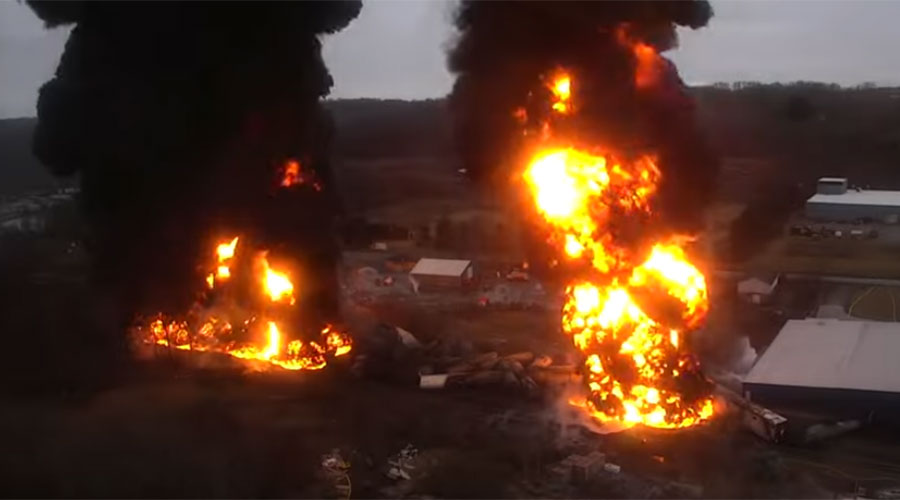The continued operation of hazardous chemical tank cars after the East Palestine incident raises concerns about the safety of transporting dangerous materials. Despite the potential risks and public outcry following the incident, these tank cars are still in use due to the complex nature of the transportation industry. Companies rely on these tank cars to transport essential chemicals and materials that are crucial for various industries and the economy.
Additionally, there are limited alternatives available for transporting these hazardous materials, making it challenging to completely phase out the use of tank cars. While efforts have been made to improve safety measures and regulations surrounding the transportation of hazardous materials, the reality is that these tank cars continue to operate due to the need for efficient and cost-effective transportation methods.
As such, finding a balance between ensuring public safety and meeting the demands of the industry remains a challenge for regulators and stakeholders. Ultimately, the continued operation of hazardous chemical tank cars highlights the complexities and challenges associated with regulating the transportation of dangerous materials.

The East Palestine Incident Explained
The East Palestine incident was a highly controversial event that sparked widespread debate and discussion. Many people were shocked and outraged by the actions that took place on that fateful day. The incident involved a group of individuals who took matters into their own hands, causing chaos and destruction in their wake. The events that transpired left many in the community feeling unsettled and unsure of what the future held. The aftermath of the incident led to a deep divide among residents, with some supporting the actions of those involved while others condemned them.
The incident shed light on the underlying tensions and issues that had been simmering in the community for some time. It served as a wake-up call for many, prompting them to reevaluate their beliefs and values. The East Palestine incident will be remembered as a turning point in the community, forcing residents to confront the realities of their divided society. As the community continues to heal and rebuild in the aftermath of the incident, many are left wondering how such a tragedy could have occurred and what steps can be taken to prevent similar events in the future.

What Transpired During the East Palestine Chemical Spill?
During the East Palestine Chemical Spill, a large quantity of toxic chemicals leaked from a storage facility, causing widespread contamination and environmental damage. The spill occurred due to a combination of human error and equipment failure, resulting in the release of dangerous substances into the air and water supply. Emergency response teams were quickly deployed to contain the spill and mitigate its impact on the surrounding area.
Residents were evacuated from their homes as a precautionary measure, and a cleanup effort was launched to remove the spilled chemicals and prevent further contamination. The spill had far-reaching consequences, affecting not only the local community but also wildlife and ecosystems in the surrounding area. The incident served as a stark reminder of the importance of proper safety measures and regulations in handling hazardous materials. In the aftermath of the spill, investigations were launched to determine the cause of the incident and identify ways to prevent similar accidents in the future.
The East Palestine Chemical Spill serves as a cautionary tale of the potential dangers of mishandling toxic substances and the need for strict adherence to safety protocols in industrial settings.

Regulatory Framework and Safety Standards
The regulatory framework and safety standards play a crucial role in ensuring the protection of individuals and the environment. These guidelines are put in place to establish a set of rules and procedures that must be followed by organizations and individuals to ensure the safety and wellbeing of all stakeholders. By adhering to these standards, companies can mitigate risks, prevent accidents, and maintain a safe working environment.
Regulatory frameworks also help to ensure that products and services meet certain quality and safety standards before they are brought to market. These standards are constantly evolving to keep pace with technological advancements and changing market dynamics. It is essential for organizations to stay informed and compliant with these regulations to avoid potential liabilities and reputational damage.
Additionally, safety standards also serve as a benchmark for best practices within industries, fostering a culture of continuous improvement and innovation. Overall, the regulatory framework and safety standards are essential components of a well-functioning society, providing a level playing field for businesses, protecting consumers, and promoting sustainable development. By upholding these standards, organizations can build trust, enhance their reputation, and contribute to the overall well-being of society.
Path Forward: Solutions and Policy Changes
In order to address the current challenges and issues facing our society, it is imperative that we look towards solutions and policy changes to pave the way forward. By focusing on effective strategies and regulations that promote fairness, equity, and justice, we can create a more inclusive and sustainable future for all. This requires a comprehensive approach that takes into account the complexities of the issues at hand, while also considering the perspectives and needs of all stakeholders involved.
It is essential to prioritize collaboration and cooperation among various sectors, including government, businesses, non-profit organizations, and communities, in order to develop and implement policies that are effective and impactful. Additionally, we must be willing to adapt and evolve our strategies as new challenges arise, in order to ensure that our policies remain relevant and responsive to the changing needs of our society. By working together towards common goals and objectives, we can create a path forward that leads to a more just and equitable society for all.
